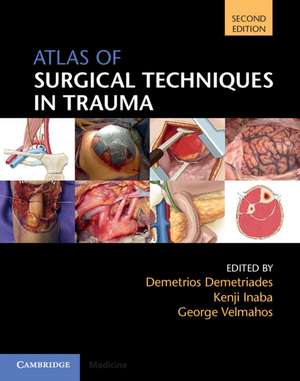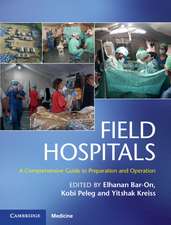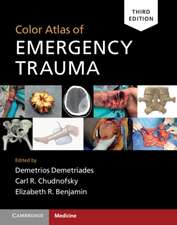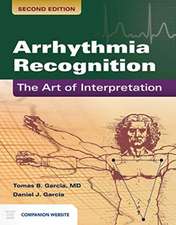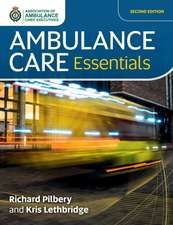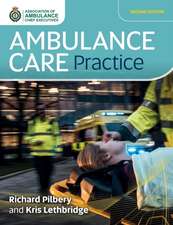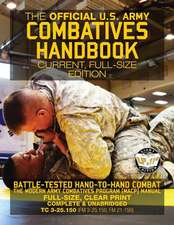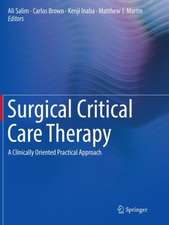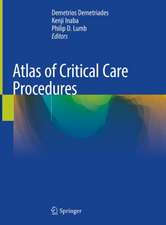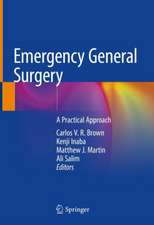Atlas of Surgical Techniques in Trauma
Editat de Demetrios Demetriades, Kenji Inaba, George Velmahosen Limba Engleză Hardback – 2020
Preț: 979.36 lei
Preț vechi: 1030.90 lei
-5% Nou
187.46€ • 203.69$ • 157.57£
Carte disponibilă
Livrare economică 31 martie-14 aprilie
Livrare express 14-20 martie pentru 69.65 lei
Specificații
ISBN-10: 1108477046
Pagini: 477
Dimensiuni: 227 x 282 x 26 mm
Greutate: 1.5 kg
Ediția:2Revizuită
Editura: Cambridge University Press
Colecția Cambridge University Press
Locul publicării:Cambridge, United Kingdom
Cuprins
Recenzii
'The atlas is organized according to anatomic regions. Clinical challenges, operative approaches, and relevant anatomy are presented in a sequential, easy-to-understand fashion. The text is organized into bullet points, which facilitates rapid absorption of important lessons. Most important are the high-quality color photographs and multicolor illustrations based on performance of procedures using fresh, perfused, and ventilated human cadavers at the University of Southern California Fresh Tissue Dissection Lab, one of the important facilities of its kind in the world. The overall approach to the material is similar to that of the first edition … This is a worthy update of the original edition. The number and quality of illustrations and the concise text are much improved.' David J. Dries, Doody's Book Review Service
Descriere
As surgical specialization becomes more focused, there is a growing lack of expertise amongst surgeons in life-preserving management of severely injured patients. This comprehensively updated second edition provides an in-depth, visual guide to both commonly and uncommonly performed trauma procedures. It includes over 900 high-quality color photographs and illustrations of step-by-step procedures on fresh, perfused and ventilated cadavers. Practical surgical anatomy, procedural sequencing, and common technical pitfalls are all clearly outlined. A number of new techniques have been introduced since the first edition, from REBOA (resuscitative endovascular balloon occlusion of the aortic), to ribplating for flail chest and skin grafting. Informed by the editors' experience in some of the busiest trauma centres in the world, the text has been updated throughout and includes additional photographs. This Atlas is an essential resource for trainee and operating trauma surgeons, and general surgeons distant from academic centres, as well as emergency medicine and critical care personnel.
